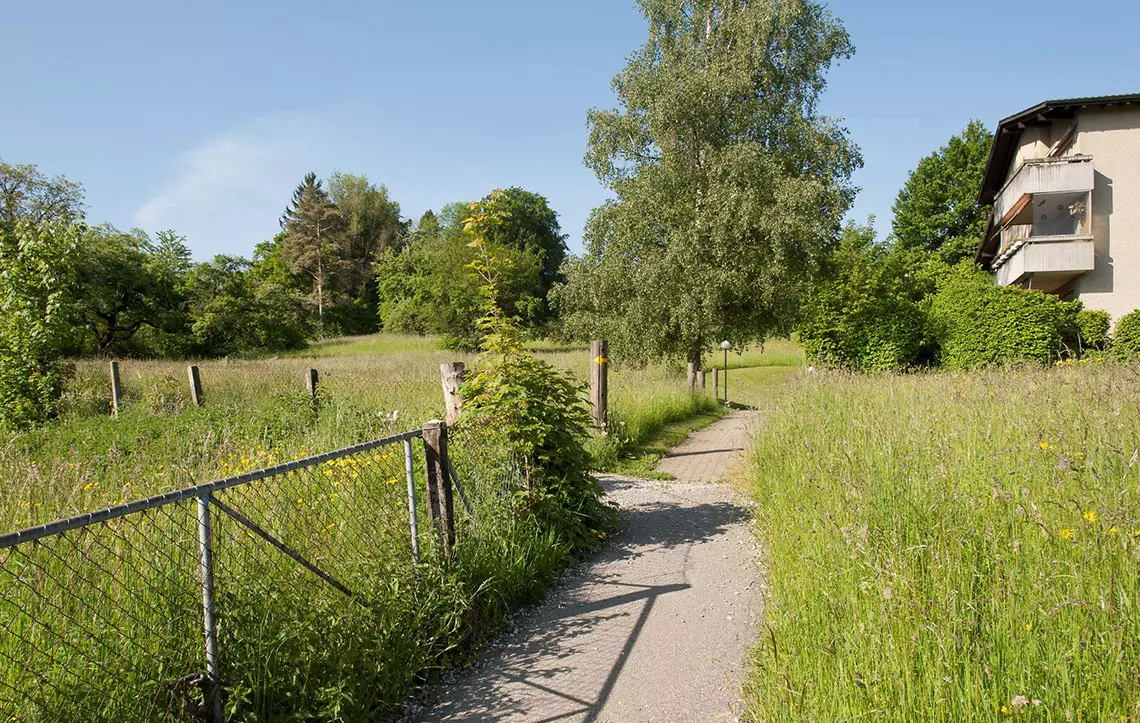Potential at the edge
Urban edges serve as transition points between built-up areas and cultural landscapes. The ZHAW Institute of Urban Landscape has conducted research on how these can contribute to spatial development.

The number of built-up areas in Switzerland have expanded considerably in recent decades. Today, buildings, infrastructure facilities and cultural landscapes exist side-by-side. The revised Spatial Planning Act 2014 has slowed down this urban sprawl, and what remains are the existing urban edges, which are mostly formed at random.
These spatial transition points have been the subject of research at the Institute of Urban Landscape (IUL) at the School of Architecture, Design and Civil Engineering in the past years. The researchers have found that urban edges share certain characteristics that have the potential to have a positive influence on our quality of life. Local vegetation, preserving natural terrain and easily accessible recreation areas can all contribute considerably to this. In general, the researchers found that high-quality transitional areas integrate themselves into the landscape. They feature free spaces, buildings and plants that connect to their environment and are accessible to the public.
Recreational areas for the population
In 2016, the researchers analysed the urban edges of eight municipalities in the cantons of Thurgau and Lucerne. Three years later, in 2019, the IUL conducted a further case study for the Hungerberg area in Zurich-Affoltern. According to the researchers, it would be preferable here to use urban edges as recreational areas more often in the future. They propose designing the landscape areas to be more accessible, such as by expanding the network of pathways and removing the fences.